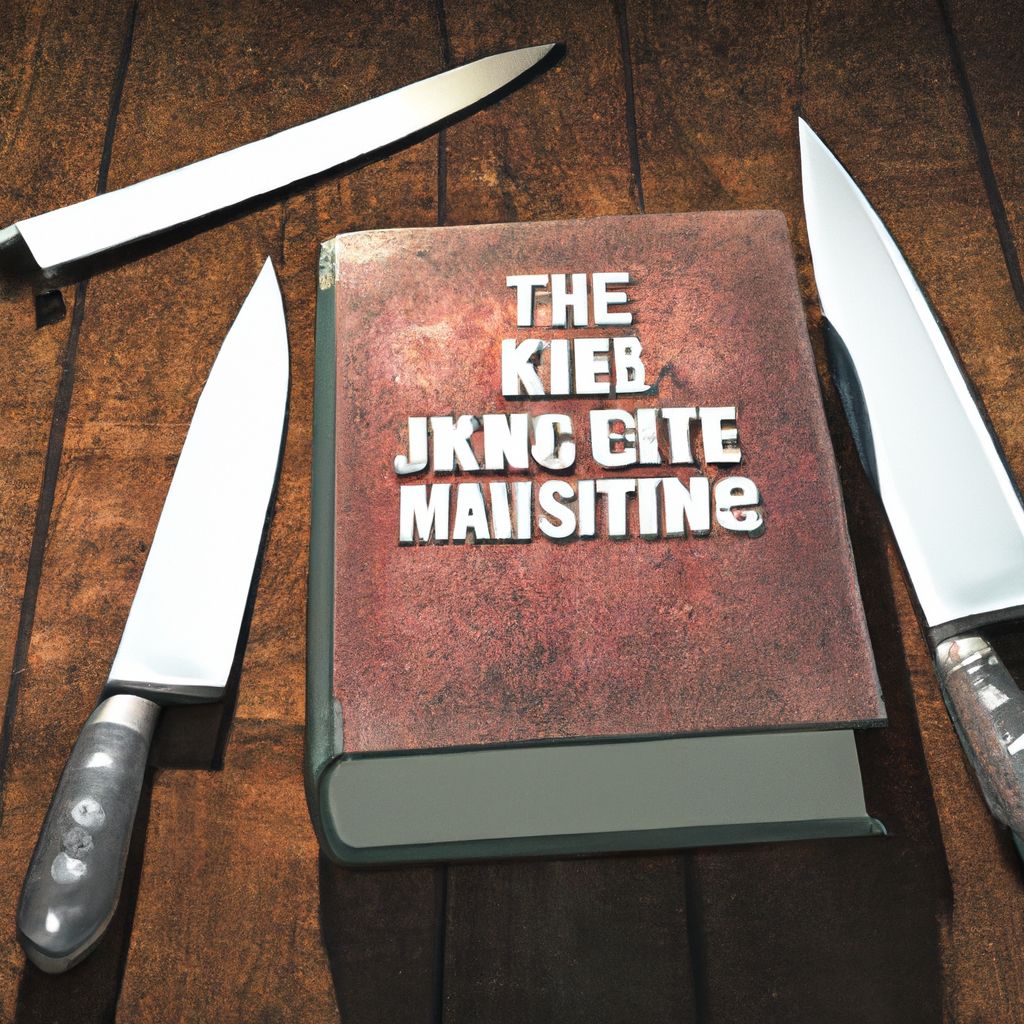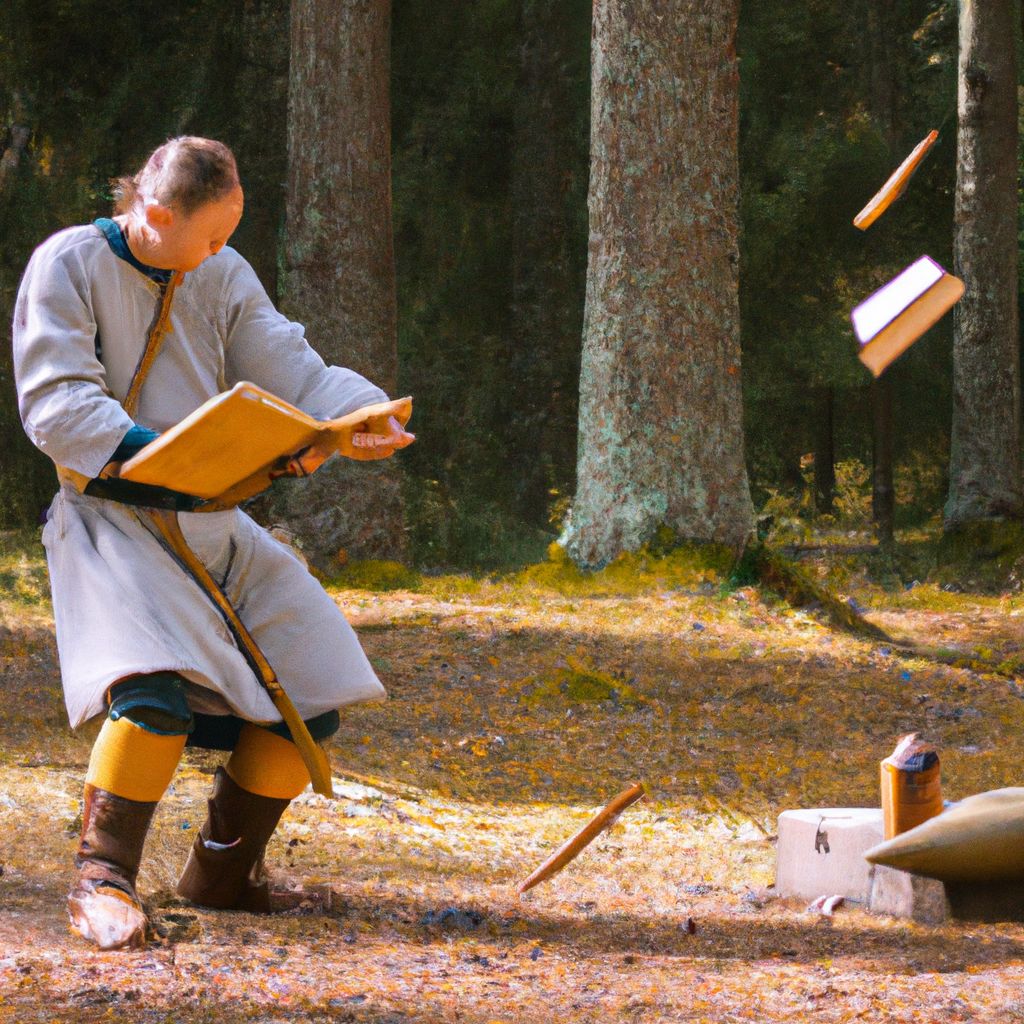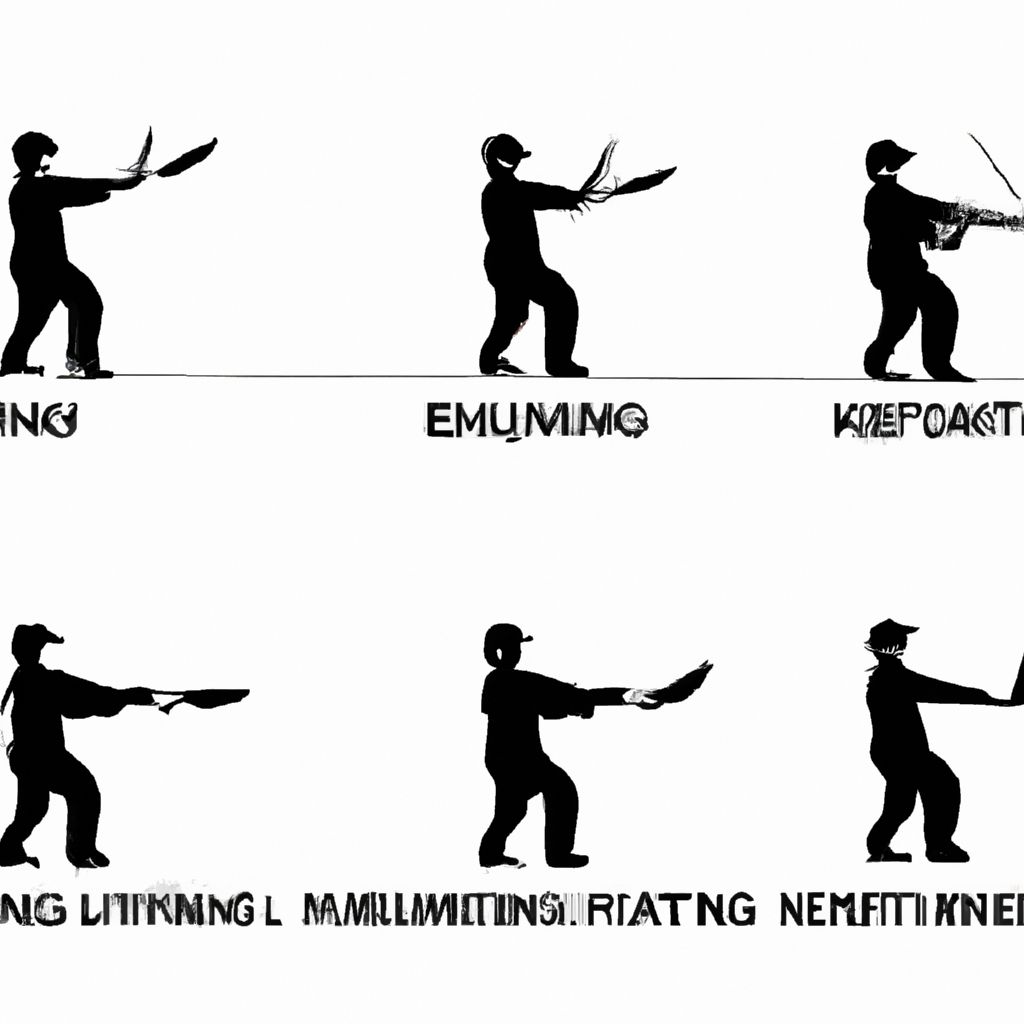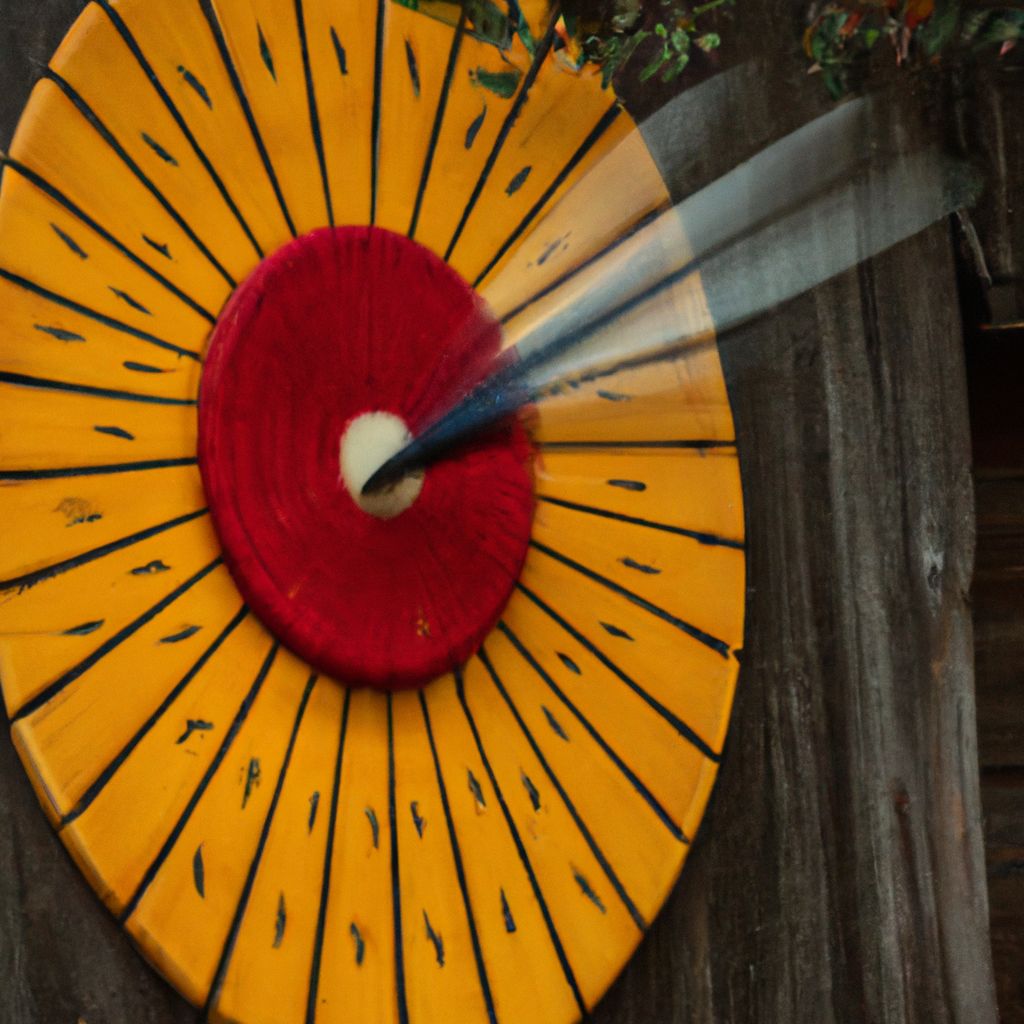- Introduction to Knife Throwing
- Understanding Knife Throwing Terminology
- Choosing the Right Throwing Knife
- Safety Measures in Knife Throwing
- Fundamentals of Knife Throwing
- Techniques: Spin and No-Spin Throws
- Training and Practice Tips
- Advanced Techniques and Tricks
- Competitions and Knife Throwing Community
- Conclusion: Mastering the Art of Knife Throwing
Introduction to Knife Throwing

Knife throwing is a captivating art form with a fascinating history. The origins of knife throwing trace back to prehistoric times when early humans used sharp tools as a means of hunting and survival. Over time, this skill evolved into a sport and a form of entertainment.
Throughout history, various cultures have adopted knife throwing for different purposes. The Native Americans, for instance, used it for hunting and warfare. In contrast, the Japanese incorporated throwing blades into their martial arts, while the circus performers of Europe turned it into an awe-inspiring spectacle.
Learning the art of knife throwing brings numerous benefits:
- Physical Fitness: While it may appear simple, throwing a knife requires a good deal of physical strength and coordination. Regular practice can help improve balance, flexibility, and muscle tone.
- Mental Strength: Knife throwing requires concentration, patience, and precision. It can be a great way to develop focus and mental discipline.
- Entertainment: Knife throwing can be an exciting and entertaining activity, whether you're practicing alone or competing with others.
Despite its origins in warfare and hunting, today knife throwing is primarily seen as a sport and hobby. However, it still retains its traditional appeal and continues to be a symbol of precision, skill, and focus.
Understanding Knife Throwing Terminology
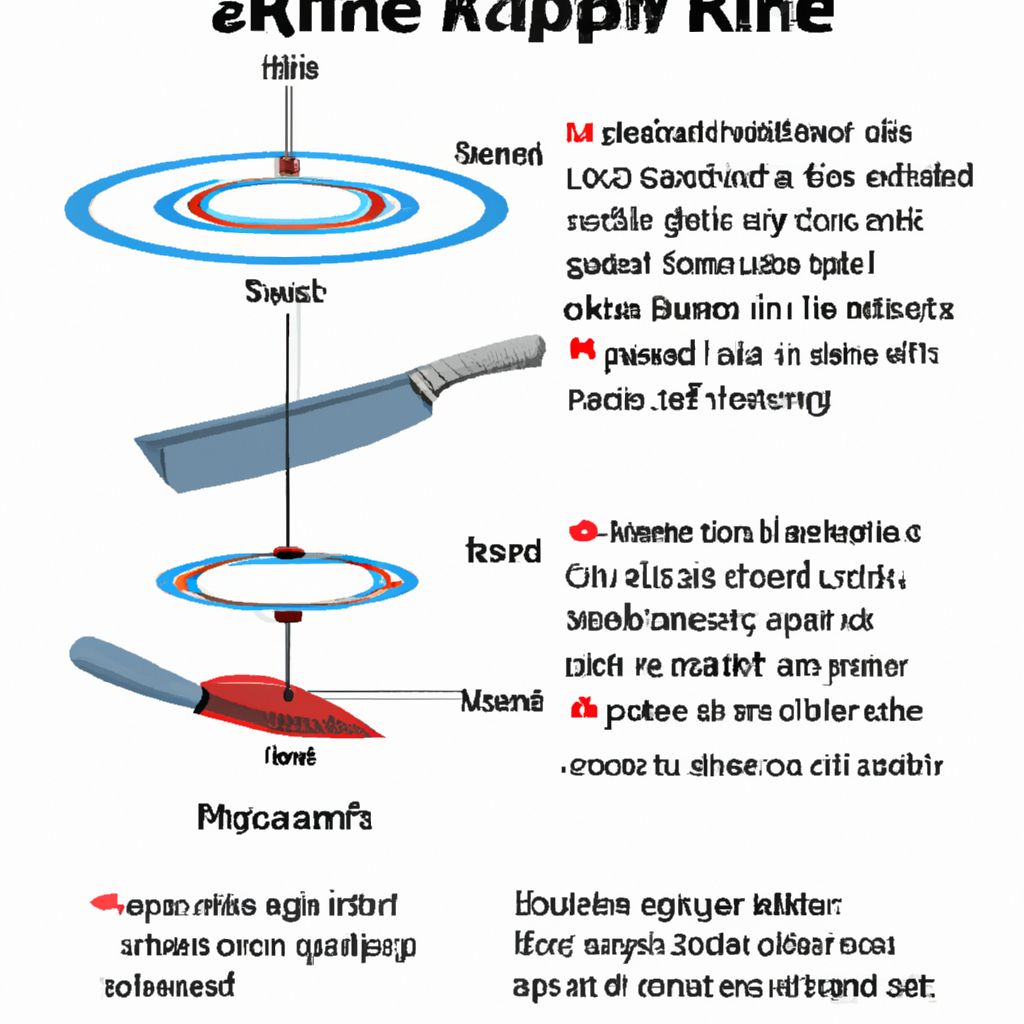
Understanding the basic terminology associated with knife throwing is essential to mastering the art. Here are some key terms you should know:
- Blade:
- The blade is the sharp part of the knife designed to penetrate the target. Depending on the knife design, it may or may not be suitable for gripping during the throw.
- Handle:
- The handle is the part of the knife that is typically held when throwing. It is usually made of a material that allows for a firm grip, such as wood, rubber, or plastic.
- Spin:
- A 'spin' throw refers to a technique where the knife rotates in the air before hitting the target. The number of spins typically depends on the distance between the thrower and the target.
- No-Spin:
- 'No-spin' throwing involves techniques that minimize or eliminate the knife's rotation in the air, ensuring the blade stays facing the target throughout the throw.
- Target:
- The target is the object at which the thrower aims the knife. In formal competitions, targets are usually made of soft wood and marked with concentric circles or other scoring zones.
Understanding these terms will provide a solid foundation for your journey into the art of knife throwing.
Choosing the Right Throwing Knife
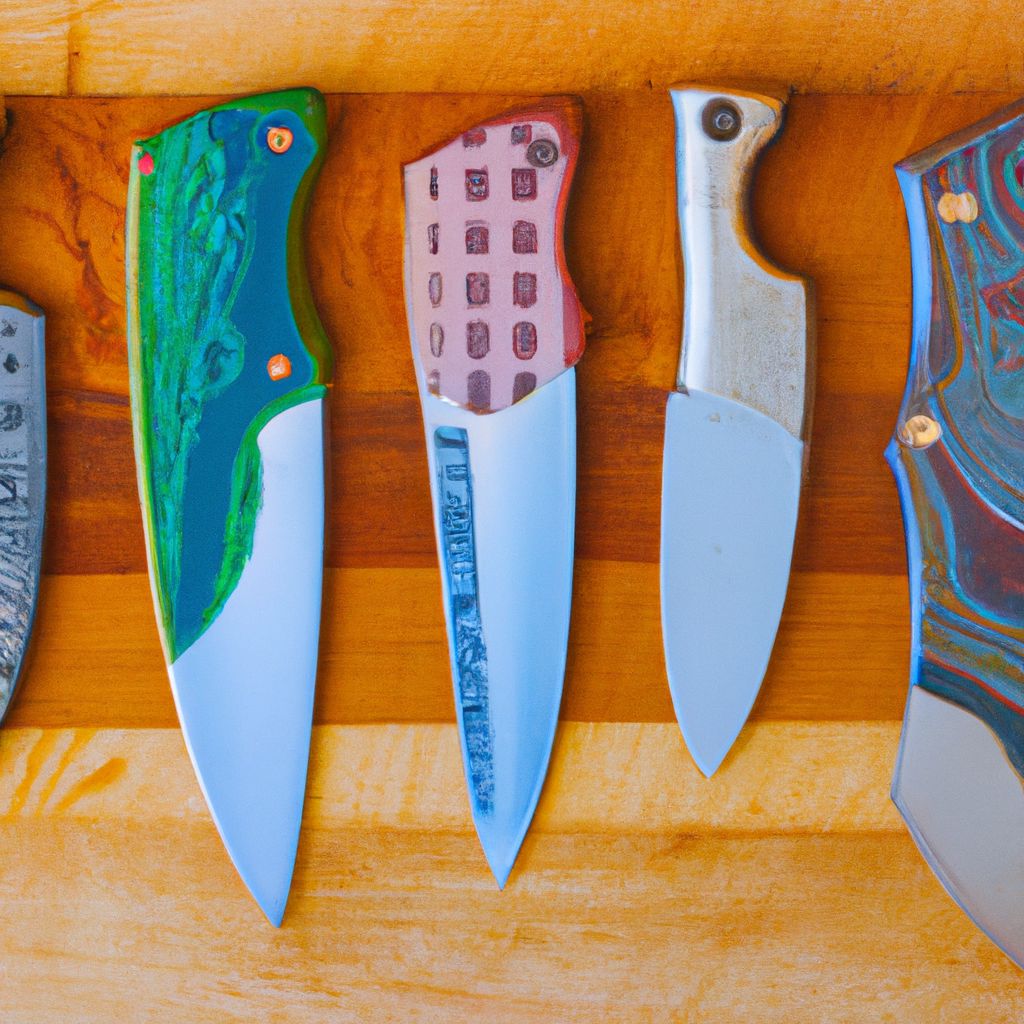
Choosing the right throwing knife is a crucial step in mastering the art of knife throwing. The type of knife you select can significantly influence your throwing technique and overall performance.
There are several types of throwing knives, each with its own unique features:
- Balance knives: These knives have a balance point at the center. They can be thrown either by the blade or handle, making them versatile and suitable for beginners.
- Blade-heavy knives: In these knives, the blade is heavier than the handle. They are typically thrown by the handle.
- Handle-heavy knives: The handle is heavier in these knives. They are usually thrown by the blade.
When choosing a throwing knife, consider the following factors:
- Weight:
- Heavier knives offer better control and stick more easily into the target. A general rule is to opt for a knife that weighs about 200g for beginners.
- Balance:
- A balanced knife is easier to control and can be thrown from either end, making it a good choice for beginners.
- Length:
- The length of the knife can affect its rotation speed and ease of control. A good starting point is a knife that is about 25-35cm in length.
- Material:
- The material of the knife should be sturdy enough to withstand repeated throws without bending or breaking. Carbon steel is a commonly used material due to its strength and durability.
Ultimately, the best knife for you will depend on your specific needs and preferences. It's often a good idea to try out several different types before making a decision.
Safety Measures in Knife Throwing
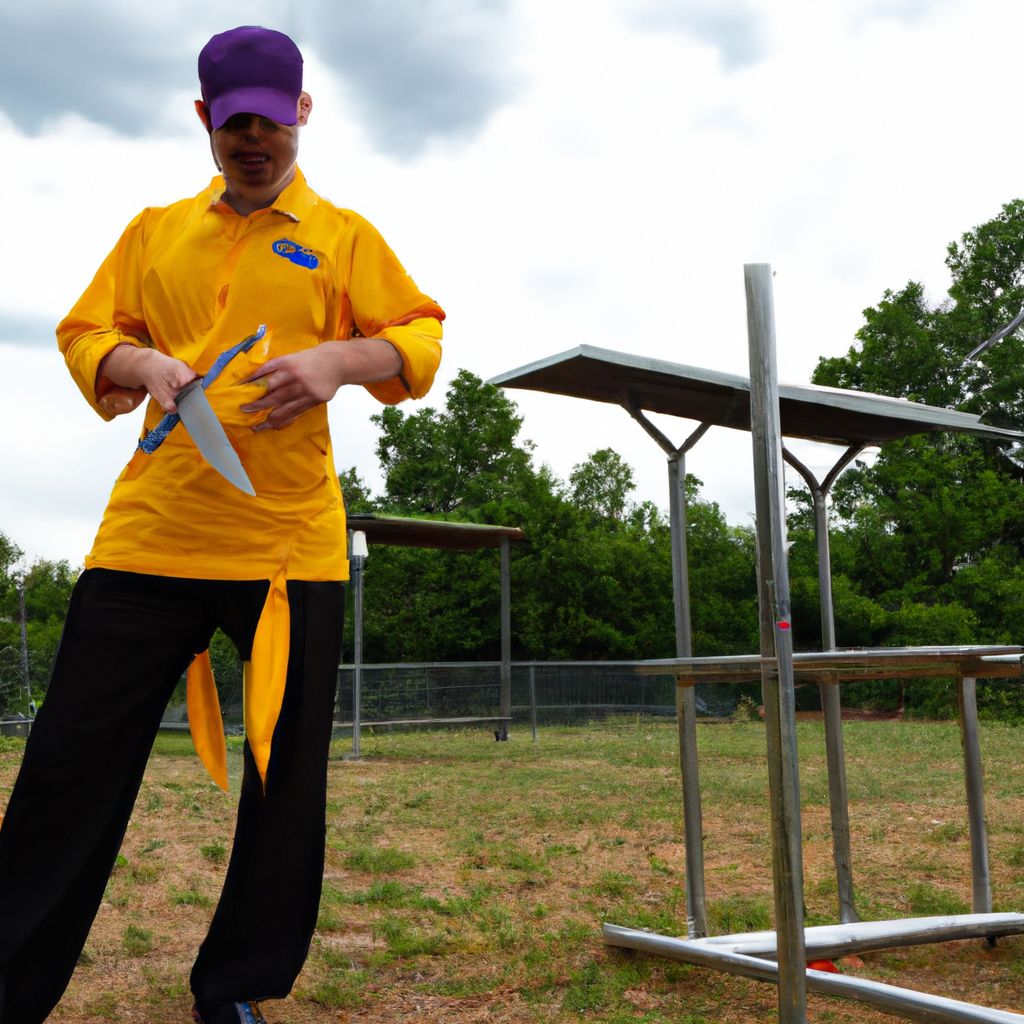
Knife throwing is an exhilarating sport, but it also comes with inherent risks. Taking the right safety measures can help prevent accidents and injuries.
Here are some crucial safety measures you should observe:
- Wearing Appropriate Attire:
- Wear sturdy, close-toed shoes to protect your feet from any knives that might bounce back or fall. Avoid loose clothing that could interfere with your throwing motion.
- Setting Up a Safe Throwing Area:
- Ensure you have a clear, open space for throwing. The area should be free of obstructions and bystanders. It's recommended to have at least 5 meters of clear space in front of the target.
- Handling Knives:
- Always handle your knives with care. Avoid rushing, especially when retrieving knives from the target. Never try to catch a knife that is bouncing back.
- Storing Knives:
- When not in use, store your knives in a secure case or sheath. Keep them out of reach from children and pets.
In addition to these measures, always maintain focus and patience when practicing knife throwing. Remember, safety should always be your top priority.
Fundamentals of Knife Throwing
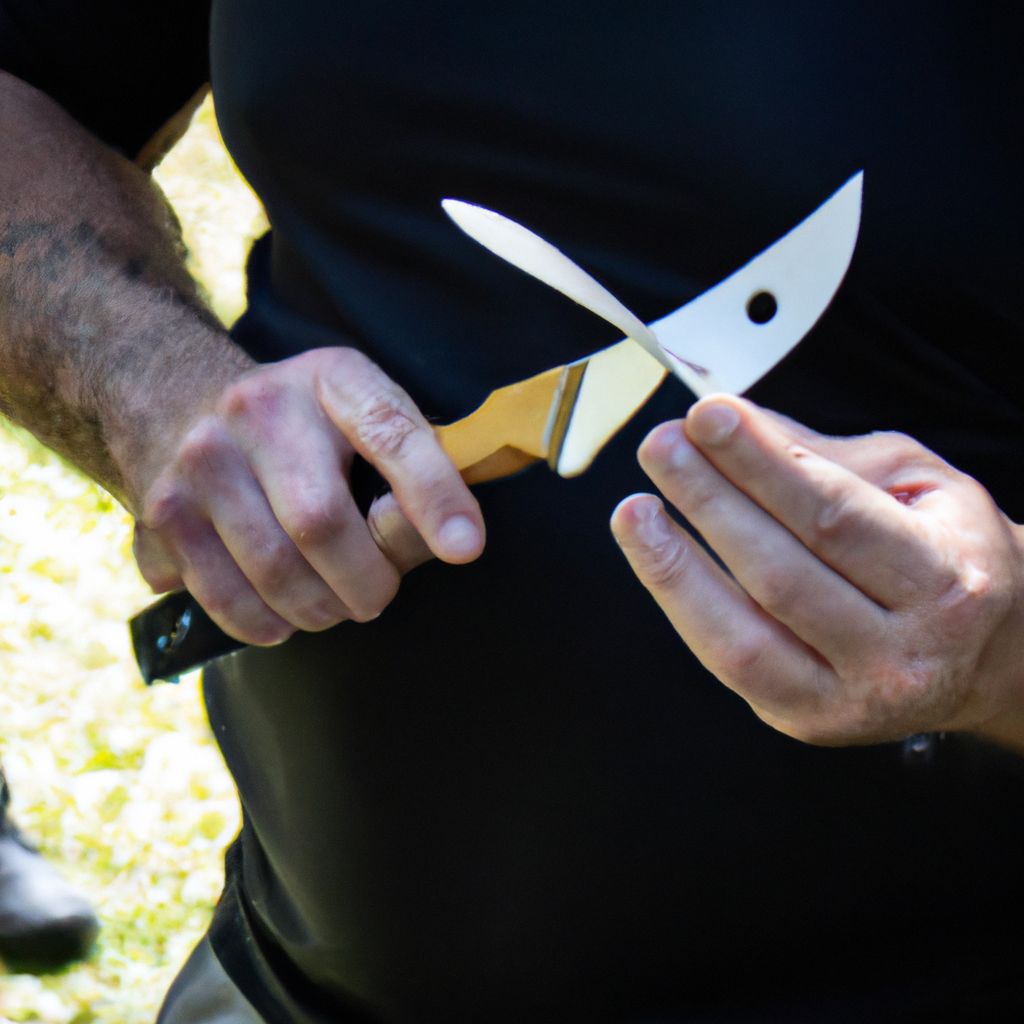
Mastering the basics of knife throwing is a critical first step towards becoming proficient in the art. Here are some fundamental aspects to consider:
- Grip:
- The grip is how you hold the knife. For a spin throw, the knife is usually held by the handle if it's balanced or blade-heavy, and by the blade if it's handle-heavy. For no-spin throws, the knife is typically gripped by the handle, with the thumb placed along the spine of the knife for control.
- Stance:
- Your stance refers to how you position your body. Typically, the foot on the same side as your throwing hand is placed in front. Your weight is initially on your back foot and then shifts forward during the throw.
- Distance:
- The distance from the target can determine the number of spins a knife completes in a spin throw. Common distances for one, two, and three spins are 3 meters, 5 meters, and 7 meters, respectively.
- Aiming:
- Aiming involves focusing on a specific point on the target. It's essential to keep your eyes on this point throughout the entire throwing motion.
The principle of rotation lies at the heart of traditional knife throwing. When a knife is thrown, it rotates in the air in a predictable manner based on the force and angle of the throw. This rotation is what allows the knife to stick into the target, provided it hits with the point leading.
The physics of knife throwing involves concepts such as gravity, angular momentum, and aerodynamics. Understanding these principles can help you improve your accuracy and consistency.
Techniques: Spin and No-Spin Throws
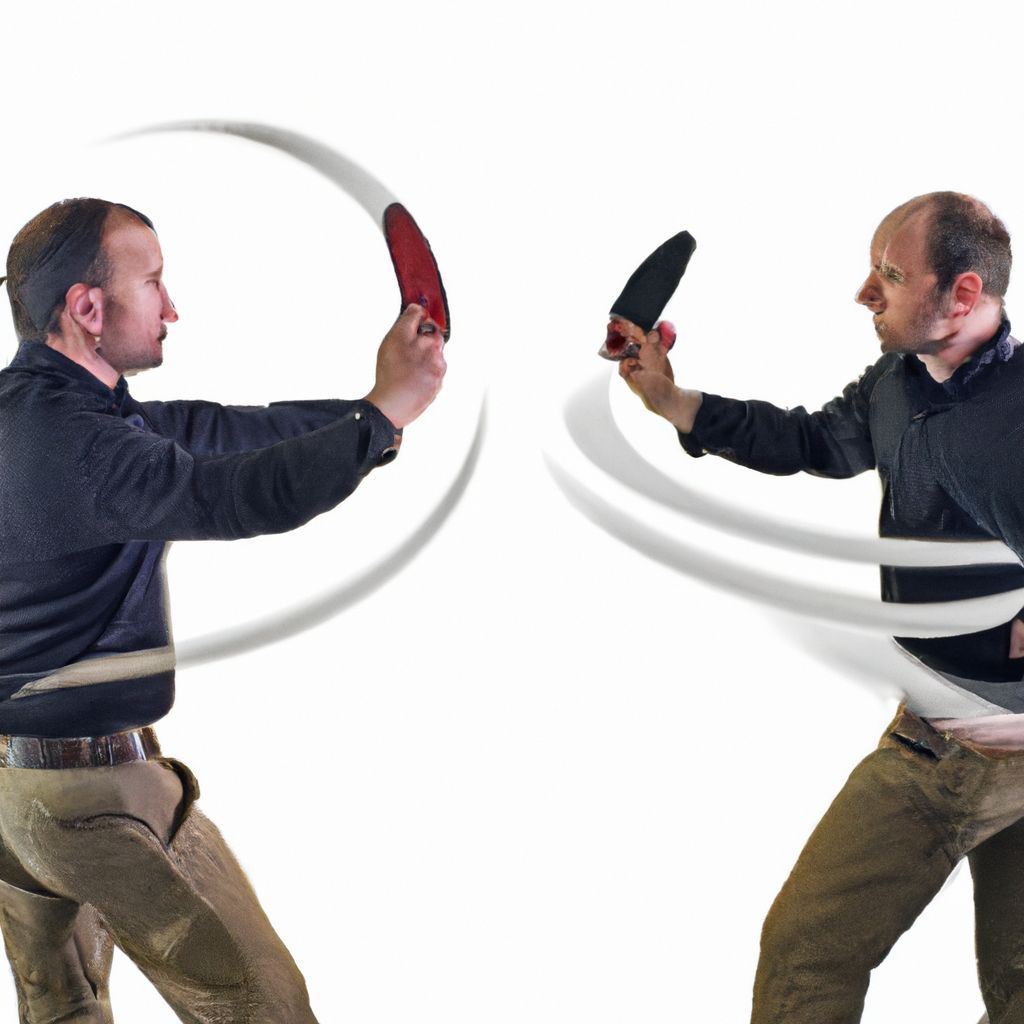
There are two primary techniques in knife throwing: spin and no-spin throws. Each has its own advantages and method of execution.
- Spin Throws:
- In a spin throw, the knife rotates in the air before hitting the target. The knife can be thrown from the handle or the blade, depending on its balance and the thrower's preference. The number of spins is usually determined by the distance from the target.
- Pros: Spin throws are visually impressive and are often used in performances and competitions. They also allow for a greater throwing distance.
- Cons: Spin throws require precise control over the knife's rotation, which can be challenging for beginners. The thrower must also adjust their technique for different distances.
- No-Spin Throws:
- In a no-spin throw, the knife does not rotate, or rotates minimally, in the air. This is achieved by releasing the knife in a way that counteracts the natural tendency to spin. The knife is typically gripped by the handle and thrown in a straight line towards the target.
- Pros: No-spin throws offer greater accuracy at close distances. They also require less adjustment for different distances.
- Cons: No-spin throws are more physically demanding and require a specific throwing motion to prevent rotation. They are also generally limited to shorter distances.
Choosing between spin and no-spin throws often depends on the situation and the thrower's skills. Spin throws are typically preferred for long distances and performances, while no-spin throws are favored for accuracy and close-range throws.
Training and Practice Tips
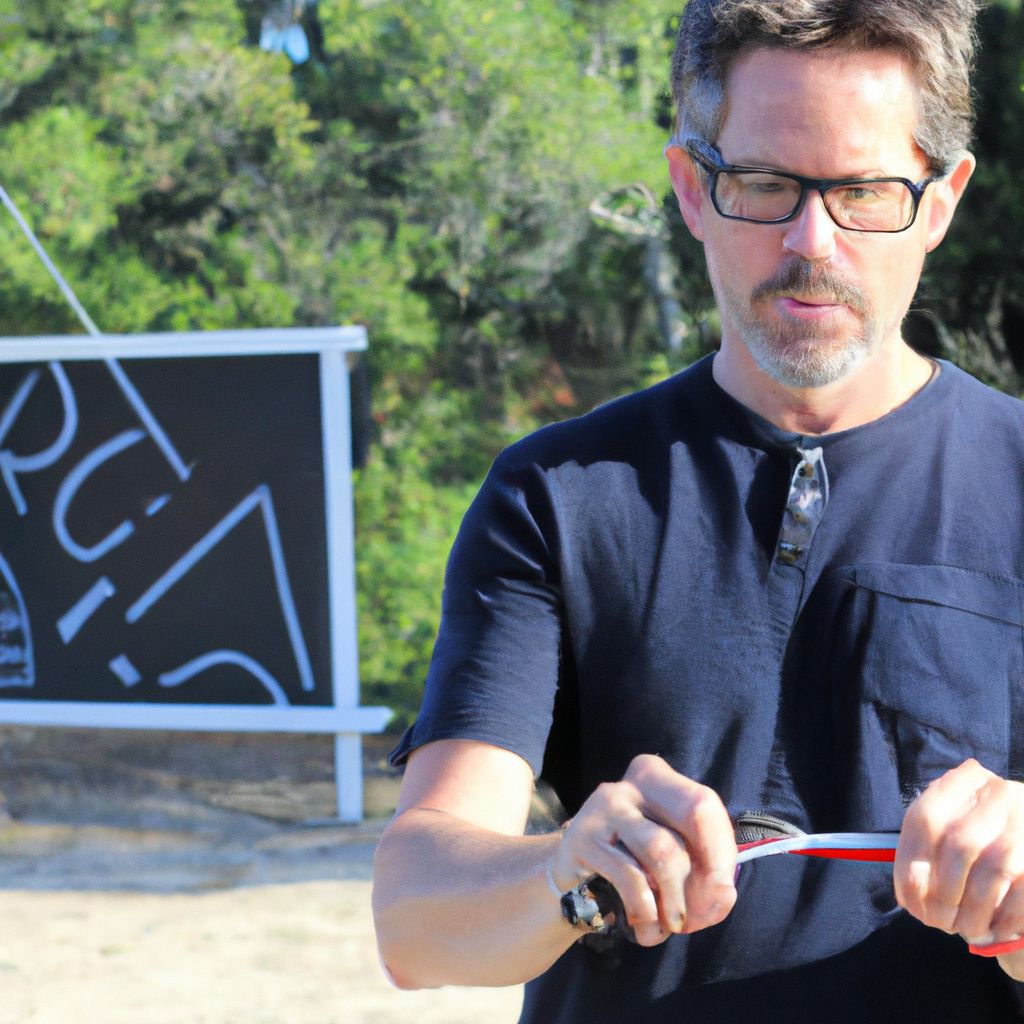
Training and practicing effectively are keys to mastering the art of knife throwing. Here are some tips to help you improve:
- Be Consistent:
- Consistency is crucial in knife throwing. Try to replicate the same grip, stance, and throwing motion each time. This will help you develop muscle memory and improve accuracy.
- Be Patient:
- Learning to throw a knife accurately takes time. Don't get discouraged if you don't see immediate results. Instead, focus on gradual improvement and celebrate small victories.
- Start Close:
- Begin practicing at a close distance to the target. As you become more comfortable and consistent, gradually increase the distance.
- Focus on One Technique at a Time:
- Whether it's spin or no-spin, stick with one technique until you've mastered it before moving on to the other. Trying to learn both at the same time can be confusing and hinder progress.
- Take Breaks:
- Throwing knives can be physically demanding. Take regular breaks during your practice sessions to prevent fatigue and injury.
Remember, the journey to mastering knife throwing is a marathon, not a sprint. Stay patient, keep practicing, and you'll see progress over time.
Advanced Techniques and Tricks

Once you've mastered the basics of knife throwing, you may want to challenge yourself with advanced techniques and tricks. Here are a few to consider:
- Multiple Knife Throws:
- This involves throwing multiple knives in quick succession. This requires not only precision and accuracy but also speed and coordination. Start with two knives and gradually increase the number as you become more comfortable.
- Trick Shots:
- Trick shots can add an element of flair to your knife throwing. This could involve throwing knives underhand, behind the back, or even while blindfolded. Remember, these tricks should only be attempted after mastering the fundamentals and always with safety in mind.
- Throwing from Different Distances and Angles:
- Challenging yourself to hit the target from different distances and angles can help improve your adaptability and precision. Try throwing from both closer and further distances, and aim for different points on the target.
It's important to note that these advanced techniques and tricks should be practiced with caution. Always prioritize safety and ensure you've thoroughly mastered the basics before attempting these more complex throws.
Competitions and Knife Throwing Community
Competitions provide a platform for knife throwers to showcase their skills, challenge themselves, and learn from others. They are governed by a set of rules that can vary depending on the organization running the competition. Common elements include specific distances for throws, target designs, and scoring systems.
To get involved in competitions, consider joining a local knife throwing club or national organization. These groups often host competitions and provide resources for training and improvement. Some well-known organizations include the International Knife Throwers Hall of Fame (IKTHOF) and the American Knife Throwers Alliance (AKTA).
The knife-throwing community plays a crucial role in promoting the sport and supporting its practitioners. Being part of this community can provide you with opportunities to learn from experienced throwers, gain feedback on your technique, and stay motivated in your practice.
Online forums and social media groups also offer platforms for networking with other enthusiasts, sharing tips and tricks, and keeping up to date with the latest news and events in the knife-throwing world.
In conclusion, getting involved in the knife-throwing community and participating in competitions can significantly enhance your skills and enrich your experience in this fascinating art form.
Conclusion: Mastering the Art of Knife Throwing
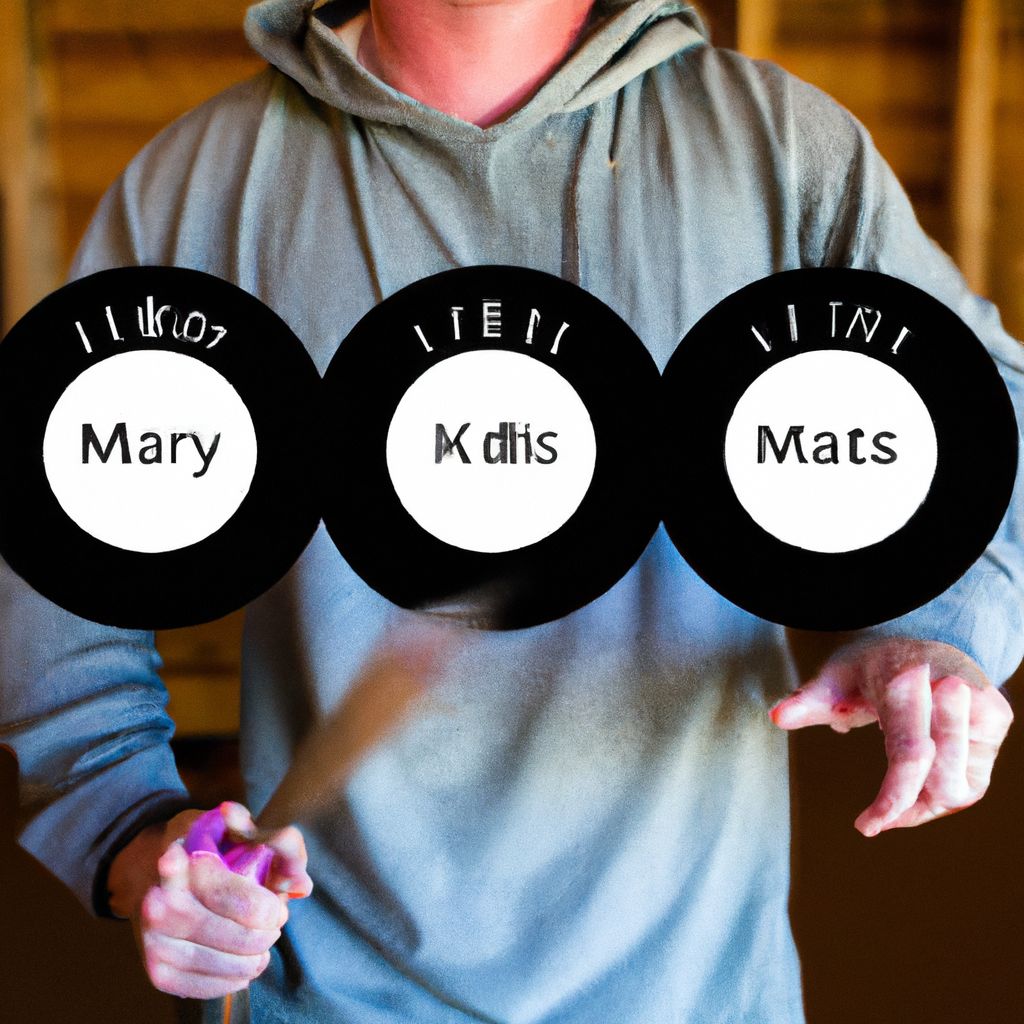
Embarking on the journey to master knife throwing is a challenging yet rewarding endeavor. It starts with understanding the basics, including terminology, safety measures, and fundamental techniques. Selecting the right knife is critical, as is developing a consistent grip, stance, and throwing motion.
As you progress, you'll start to grasp the intricate physics behind each throw and the precision required to hit your target consistently. Advanced techniques such as multiple knife throws and trick shots can add an extra layer of complexity and excitement to the sport.
However, the path to mastery doesn't end there. The art of knife throwing is one of continual learning and refinement. Participating in competitions and becoming part of the knife-throwing community can provide invaluable opportunities for growth and improvement.
Throughout your journey, remember to always prioritize safety and practice consistently. With patience, focus, and dedication, you can truly master the art of knife throwing.


